|
2024 marks 50 years since the Lau v Nichols ruling. How has education for multilingual learners improved where you work?
Here are some resources related to Lau v Nichols. The F-Word. Fidelity & Why it May Be a Fallacy for EL InstructionBuzzwords in education are like mosquitos. They are here for a while and during that time they become very annoying. Lately, many educators are hearing one certain F word frequently in regard to programs and curriculum.
FIDELITY What is advocacy? Am I doing it?
Many educators find themselves asking these questions. Advocacy sometimes sounds big and scary and many educators think they can’t do it. But actually, advocacy is incorporated in daily actions sometimes big and other times small. Multilingual learners count on us to provide high-quality, comprehensible, and culturally responsive instruction in each lesson in every classroom.
Here are 22 practical and efficient ways (in no particular order) we can support emergent bilinguals as they climb to become our future global leaders. *The terms multilingual, emergent bilingual, and English learner are used interchangeably in this article and also include the acronyms MLs, EBs, and ELs. About this time of year dozens of articles come out about how to support English learners during the summer so their English language development doesn’t regress. Many with good intentions recommend families push English as a main or pervasive language. Historically, it was thought that students that were learning English needed to shed their heritage language to “make room” for English. Now we know that theory is not true and that a heritage language supports the development of additional languages. So what should we advise caregivers to do at home over the summer to keep their children learning and prepared for the next school year?
Teaching multilingual children is a gift. It’s truly a joy. In my own classroom, I learned so much from my students, especially those that spoke more than one language.
Over the years, one thing I learned from experience as well as through professional learning is that each student deserves to be seen and served individually. No one size fits all approach works. While differentiation may seem daunting, it’s actually not that scary. Dr. Stephen Fleenor describes differentiation as “not creating individualized lessons...it is creating environments in which students at all different levels, all different proficiencies...can each thrive and each grow one level up in that lesson”. Dr. Fleenor offers two wise suggestions for creating of environments that offer differentiation: Last year, I wrote about what I was currently listening to, reading, writing, and viewing. I thought it was a good time to share again. And I’d love to learn about yours!
I started teaching in the winter of 1997. Hired in a wonderful suburban district outside of Houston, Texas. The campus experienced a little growth and needed a teacher mid year, so I was the lucky one hired in December just as I received my college diploma and teaching certification.
My college pre-service classes taught me little about what the classroom experience would truly be like. And with wide-eyes I walked into my first classroom and found myself teaching third graders who had a myriad of needs I was ill prepared for. Some students needed special education support, others dyslexia, and some were learning English. I quickly found that the big white binder of curriculum didn’t hold the answers I needed to give these kids the support THEY needed. He was born in the U.S. Is he lazy? unmotivated? what's going on?
If you teach middle school or high school you can probably relate. You may have asked yourself this question before, “Why hasn’t this EL met exit criteria?” Are they lazy? Are they not trying? Are they unmotivated? What is going on?
Let’s look at a student profile:
Why haven’t they met criteria to exit ESL? There may be many factors that contribute to students remaining in ESL and not meeting exit criteria. Examining each student’s profile closely could reveal the answer. However here a few common problems that lead to long term EL status: This question has been asked a time or two (hundred...thousand…). Seriously though. In districts around our nation some ESL teachers are considered part of the intervention team while others are not. Why is this important?
Merriam Webster’s definition of intervention: a : the act of interfering with the outcome or course especially of a condition or process (as to prevent harm or improve functioning) educational intervention To clarify, ... I was a mainstream, third grade teacher in a public school in a suburb outside of Houston, Texas when I began teaching in 1997. Our school had one designated teacher that served English learners through a pull-out program. I understood my job was to teach students the general education curriculum while she taught my English learners the language. I never knew exactly what they did when they were with the ESL teacher. And I’m not sure if she knew what they were doing when they were with me.
Fast forward to 2019. Looking back, I know that this was not a great structure for teaching content or language to our students. I can only imagine how much more and how much quicker our students would have learned language and content had we collaborated…had I recognized my own role as a language model for the students. ALL educators, administrators, and stakeholders need to know how to serve ALL students including English learners. I've heard ESL teachers say that on their campus they feel less valued as a team, as educators, and as a department.
They are frequently asked to do duties other than serving English learners. Duties like covering classes when teachers are in a pinch, running copies, covering lunch duty, and more when they should be serving students, English learners.
The other day, I posed a question to my Twitter PLN. I asked what their non-negotiables were for teaching English Learners. The responses were overwhelming. Just imagine if we set aside time as campus or district teams to develop non-negotiables and then live by them. This would be a great practice for ESL and bilingual teams. Here are some of the responses from Twitter followers:
advocating for English LearnersWhen I first began my role as an ESL teacher, I have to admit, I didn't know much about ELLs other than my own experiences. My experience growing up as an English learner helped me form my beliefs about language learning and helped me as I worked with ELs in my general education classroom.
But the year I left the general education classroom and moved into the role of an ESL teacher who supported all grades, co-taught, and pulled newcomer students out for intense English instruction, I realized that I needed to learn more and do more. I was seen as the ESL/ELL specialist on my campus. And that meant a lot to me. The students were counting on me to support their language development and to support their teachers. I had to step up my game and FAST! How to handle resistance from teachersThis topic has been rolling around in my mind for quite some time. I hear about the problem from EL teachers around the nation. Not to mention that as an EL teacher myself, I encountered this struggle too many times.
I remember vividly having a meeting with a gen ed teacher. One of our students was struggling in her class. He hadn't been in the US very long, only a bit over a year. So I asked that we meet to discuss how I could help to plan with her and accommodate instruction. I was met with resistance from the moment I walked in the room. The teacher explained that she felt that this student (along with all the other ELs) should not have anything different than everyone in the class. She explained that she has heard him speak and that he is capable of doing the work. She went on to tell me that the grades were reflective of defiance and not ability. Ouch. I listened. Quietly. But it was difficult. And then when she finished, I carefully shared with her his language levels in each domain explaining the difference between social and academic language. We took a look at the types of accommodations that were appropriate for a learner at his language proficiency. In the end, it took a while for this teacher to come around. It took support, scaffolding, and leading the teacher to find the best way to make progress with the student. And to begin with, rebuilding their relationship came first. This student needed to know that the teacher genuinely cared about his education and growth. So what can you do if you are faced with a similar dilemma? Here are a few tips I've learned along the way: 1. Build a caring relationship with the teacher. The teacher will not trust you unless a solid foundation is there. Begin with casual conversations that have nothing to do with school. Get to know the teacher beyond work. Ask personal questions (but not too personal). Then start talking about content. Discuss the learning that's happening in the classroom. Finally talk about specific students, how they are doing, what they need to succeed, etc. This will not happen in one day, not in a week...it will take time. 2. Scaffold the teacher's learning. Model for the teacher (if you can) what you would like for him/her to do with students. If the teacher would benefit from understanding language development, scaffold that instruction for them. Introduce it in small chunks or provide visuals. 3. Model lessons. The best professional development is learning from other educators or our peers. Model lessons for the teacher that highlight accommodations. If you are a co-teacher, then this will work out great. If this is not possible, set up a time when the teacher can observe another educator to see a lesson. This is great because it not only helps your teacher who is struggling but also builds capacity for the other teacher. 4. Suggest professional learning opportunities. When the teacher is open to learning more, suggest professional development that will help to build on their practice. In-district PD, out of district PD, online learning, professional books, or twitter chats, are excellent. Each teacher will have their own learning style. Some like face to face while others prefer to read on their own or learn on line. The good news is that there are many options available these days. Being culturally aware and responsive to our students' needs is critical to their success. The more we support them during their learning, the better they will perform when it counts. I have found it helpful to share this cultural proficiency continuum (shared with me at a training) with educators and let them self-reflect. This November 2017, I had the honor of being a featured speaker at our state conference, TexTESOL 2017. The event was a huge success- overall due to the hard work that the TESOL IV board put into organizing such a massive conference. The keynote speakers included THE Stephen Krashen and John Seidlitz, both heroes for me in the ELL world. If you've read any of my other posts, you know that I read and recommend several of John's books. And who in the ESL world doesn't love Krashen?
|
Categories
All
|



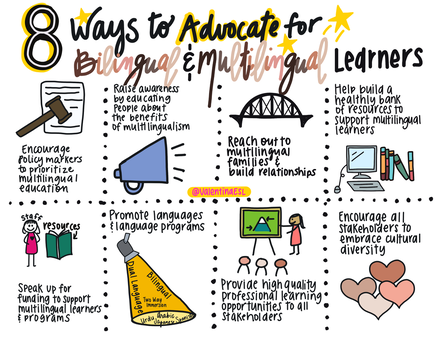
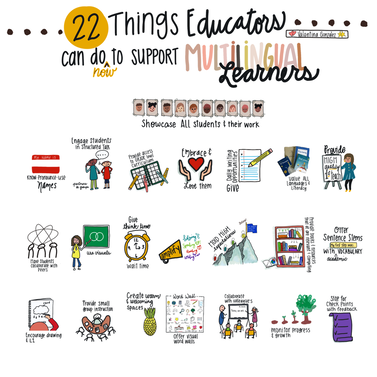


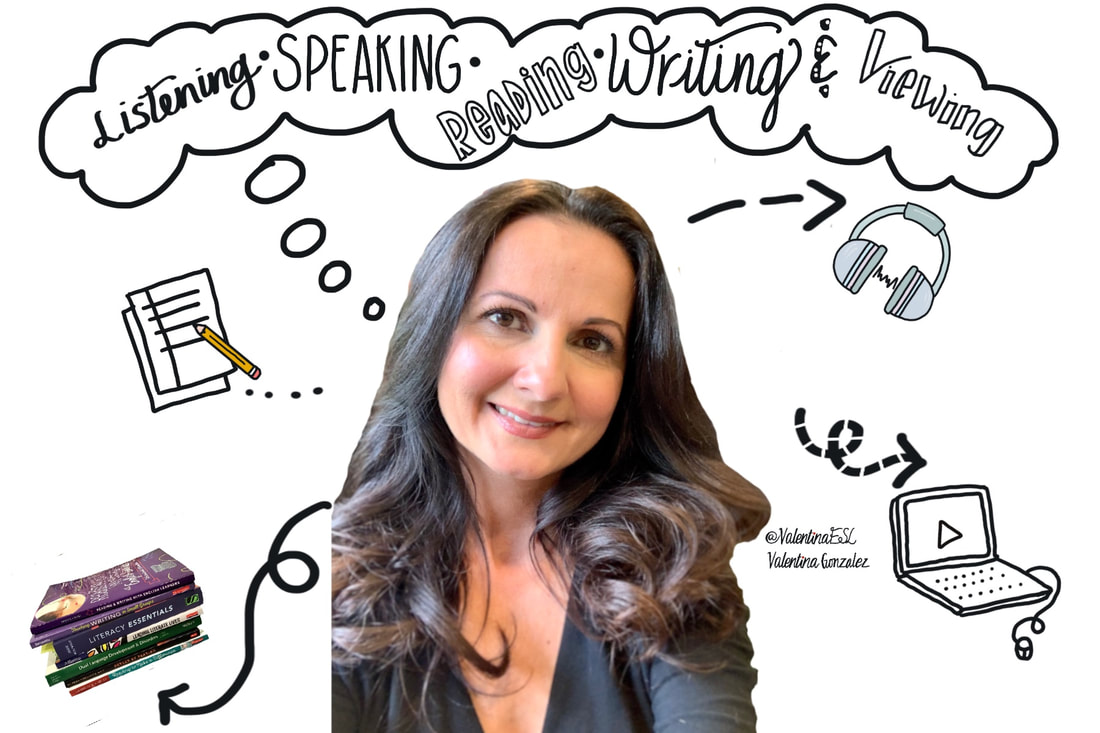
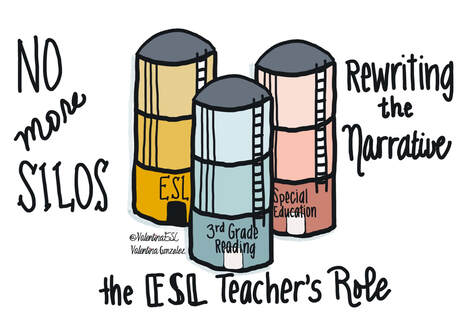


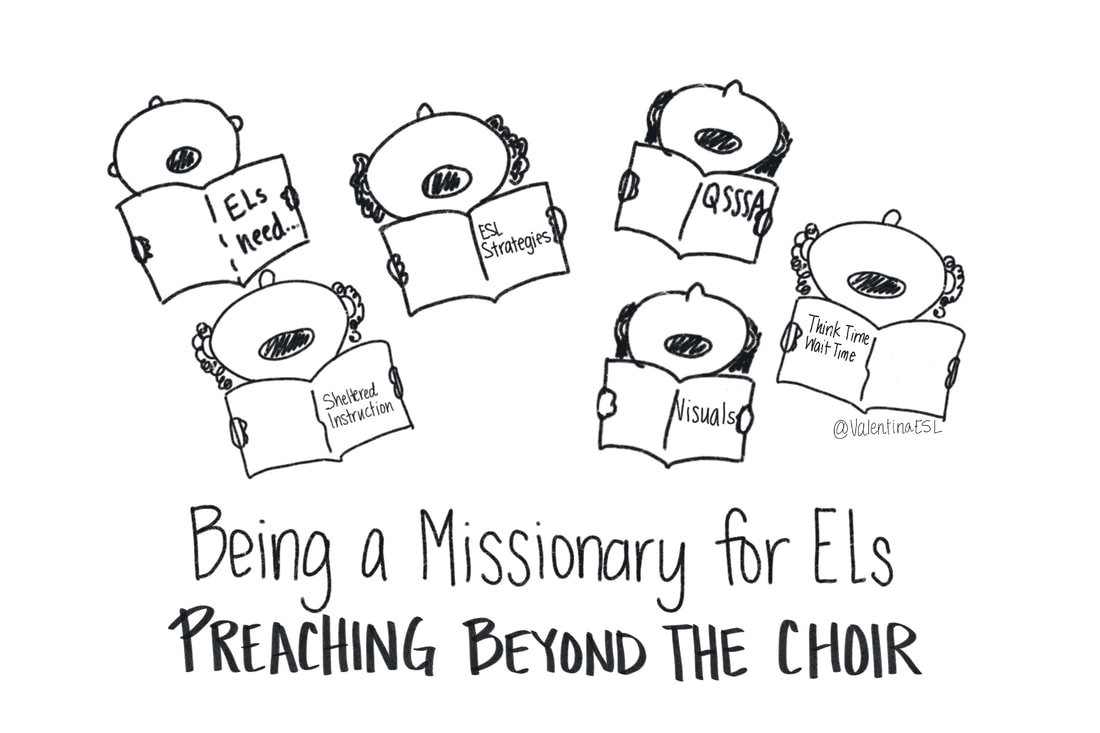
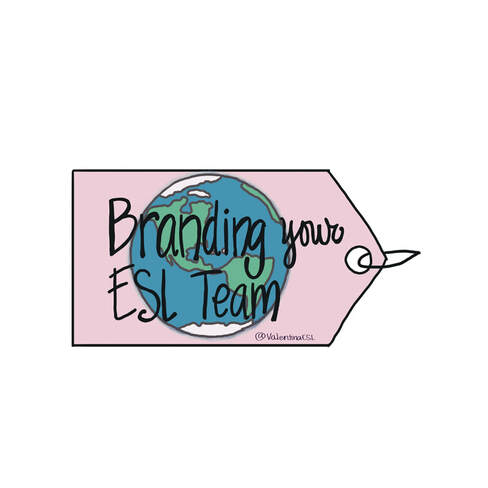





 RSS Feed
RSS Feed
